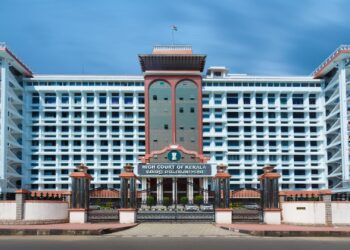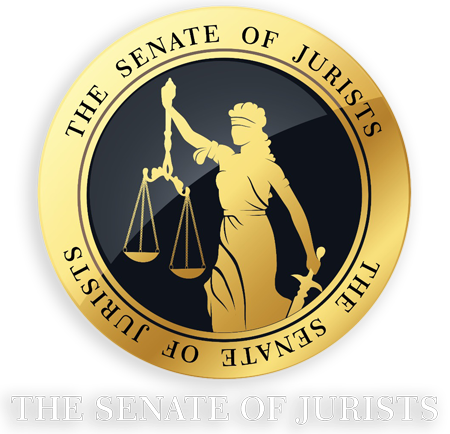Justice BV Nagarathna of the Supreme Court has stressed the importance of a holistic approach to uplift and protect the rights of children with disabilities in India. Speaking at the closing session of the 9th Annual National Stakeholders Consultation on ‘Protecting the Rights of Children Living with Disabilities,’ organized by the Juvenile Justice Committee of the Supreme Court, she emphasized the need for interdisciplinary collaboration to foster transformative change in this area.
“Consultations like these should guide our steps through interdisciplinary engagement and renew our commitment to the goal. We must build on the desire to take transformative action,” Justice Nagarathna remarked.
She proposed that each High Court set up dedicated websites to address the needs of children with disabilities and ensure the implementation of relevant legal frameworks. These websites would serve as a resource for accessibility and information dissemination.
Justice Nagarathna also called on High Courts to take immediate steps by forming accessibility committees and establishing help desks for disabled individuals attending court. She highlighted the urgency of budgeting for accessibility needs and ensuring that these measures are prioritized.
A key theme in her speech was the “invisibilizing effect” of intersectional vulnerabilities—particularly for children from marginalized castes, socio-economic backgrounds, and genders—which often exacerbates the challenges they face. Justice Nagarathna underscored the importance of creating positive commitments and actionable steps to counter these disadvantages and support the holistic development of children with disabilities.
She outlined several key recommendations:
Policy and Legal Frameworks: State governments must ensure the accessibility and inclusion of children with disabilities, actively removing barriers that hinder their rights.
State Action Plans: These plans should be reviewed and monitored by state authorities and Juvenile Justice Committees to protect children with disabilities effectively.
National Roadmap: A national roadmap should be developed, informed by state action plans and insights from consultations, to advance protections for disabled children.
Justice Nagarathna further urged that all schemes for children with disabilities be prominently displayed on the websites of the National Legal Services Authority (NALSA) and state legal services.
She also advocated for more inclusive child protection systems, encouraging nurturing family environments for children with disabilities. Additionally, she called on High Court judges to lead by example, interpreting cases involving children with disabilities in ways that would shape both state and national policies.

















